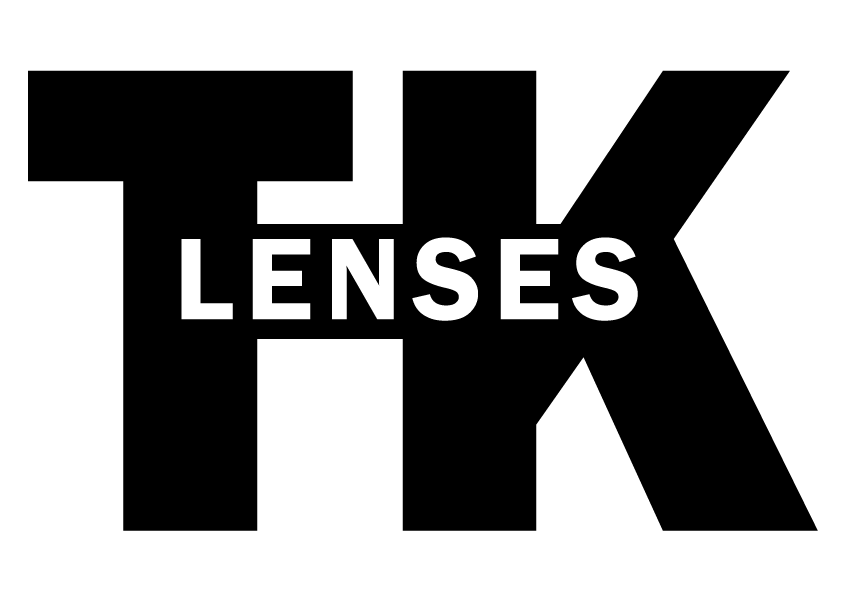Starting a lens rehousing service
We would like to inform you that you have reached this page by a specific link that has been provided directly to you. This page is not publicly accessible and is intended for your personal use only.
We kindly request that you refrain from sharing the link to this page with anyone else, as it is not intended for public dissemination. Your cooperation in maintaining the confidentiality of this page is highly appreciated.
Thank you for reaching out to us with your questions about lens rehousing. It’s great to see that you’re interested in this field and looking to learn more.
As a company that has been rehousing lenses for a little over a year, we can only offer some general advice to help you get started. However, it’s important to understand that lens rehousing is a complex and challenging process that requires a lot of time, effort, and skill to master. It’s not something that can be done quickly or easily, and it may take years or even a decade to get it done properly.
We are still a very young service and we are constantly learning and improving our techniques. We have spent years building relationships with suppliers who specialize in camera parts and accessories, and we have invested in equipment such as CNC machines and CAM software to manufacture most components in-house. However, even with these resources, lens rehousing is a process that takes a lot of time and patience.
The high cost of such equipment represents a significant challenge for many lens rehousers. These tools can be prohibitively expensive, with price tags ranging from tens of thousands to hundreds of thousands of US dollars. As a result, many lens rehousers struggle to keep their prices competitive, despite the value of their work.
If you are just starting out with lens rehousing, we recommend taking a patient and methodical approach. Start with simpler lenses and gradually work your way up to more complex ones. Seek out mentorship and guidance from experienced lens techs, and be prepared to invest a significant amount of time, money, and effort in learning and practicing the techniques involved.
It’s important to keep in mind that some lens rehousers may have access to proprietary information or techniques that they have developed over time. These may include specific methods for machining components, or unique approaches to resolving common issues that arise during the rehousing process. While it’s possible to learn many of the fundamental techniques and principles involved in lens rehousing from books, online resources, and other sources, it’s also important to recognize that some knowledge and expertise may be closely guarded by individual practitioners or businesses. As a result, we may not be able to provide specific information on how to overcome certain issues or challenges that arise during the rehousing process. It’s important to approach each project with a great deal of care and attention to detail, and to be prepared to experiment and try different approaches as needed to achieve the desired results.
In addition to these points, we recommend that you do your own research to find the best sources for the components you need. This may involve looking for suppliers who specialize in camera parts, contacting manufacturers directly, or even fabricating custom components yourself using CNC machines or other equipment. However, we cannot recommend a specific supplier for every component as the requirements may vary depending on the specific lens and component. One great resource we would like to recommend is the Virtual Lens Summit videos by Koerner Camera Systems. These videos host a variety of interviews with many lens rehousers and manufacturers. You can find insightful discussions on various topics related to lens rehousing, including the story behind their service, building a business, and more.
It’s also a good idea to read up on the basics of optical design and manufacturing, including the types of materials used in lenses and how they are mounted and secured. Relevant literature such as Field Guide to Optomechanical Design and Analysis by James H. Burge and Katie M. Schwertz and Mounting Lenses in Optical Instruments by Paul Yoder can be a great resource to learn more about these topics.
Furthermore, it’s essential to be honest with yourself about your level of expertise and to recognize when a particular lens may be beyond your current capabilities. It’s always better to be cautious and to work within your current skill set rather than to take on more than you can handle.
We hope this advice is helpful in getting you started on your journey to becoming a lens rehousing expert. Just remember that it takes time, effort, and a great deal of patience to master this craft. Good luck!
